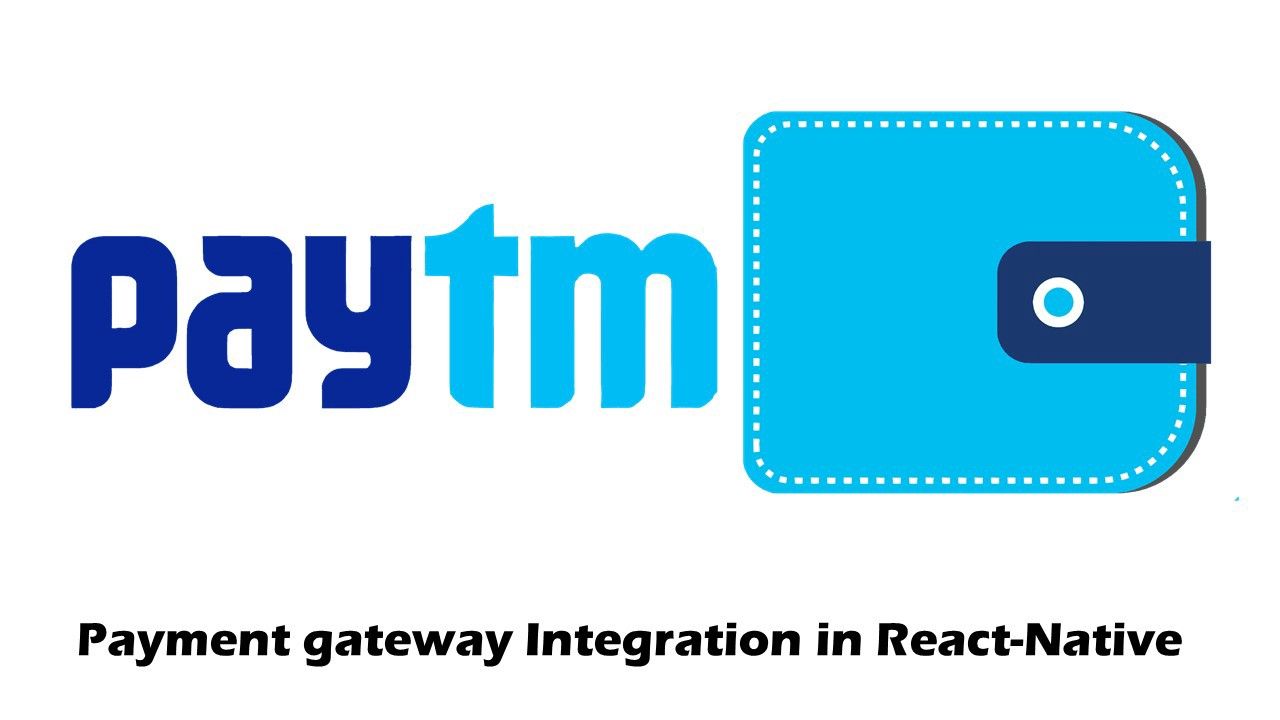


It's actually seven digits plus a final checksum digit.

That eight-digit PIN isn't even really eight digits, Horowitz explained. So a plumber comes over to your house, turns the router over, takes a picture of the bottom of it, and he can now get on your network forever." "That eight-digit number will get you into the no matter what. "This is a huge expletive-deleted security problem," Horowitz said. Even if the network password or network name is changed, the PIN remains valid. Worst of all is Wi-Fi Protected Setup (WPS), an ease-of-use feature that lets users bypass the network password and connect devices to a Wi-Fi network simply by entering an eight-digit PIN printed on the router itself.

Frankly, if you get any response back, I would throw the router out." "Go to /HNAP1/, and, hopefully, you'll get no response back, if that's the only good thing. "As soon as you get home, this is something you want to do with all your routers," Horowitz told the tech-savvy crowd. ( Linksys quickly issued a firmware patch.) In 2014, a router worm called TheMoon used the HNAP protocol to identify vulnerable Linksys-brand routers to which it could spread itself. In and of itself, it's not such a big deal," Horowitz said.īut, he added, "UPnP on the internet is like going in for surgery and having the doctor work on the wrong leg."Īnother problem is the Home Network Administration Protocol (HNAP), a management tool found on some older consumer-grade routers that transmits sensitive information about the router over the Web at IP address]/HNAP1/, and grants full control to remote users who provide administrative usernames and passwords (which many users never change from the factory defaults). "UPnP was designed for LANs, and as such, it has no security.


 0 kommentar(er)
0 kommentar(er)
